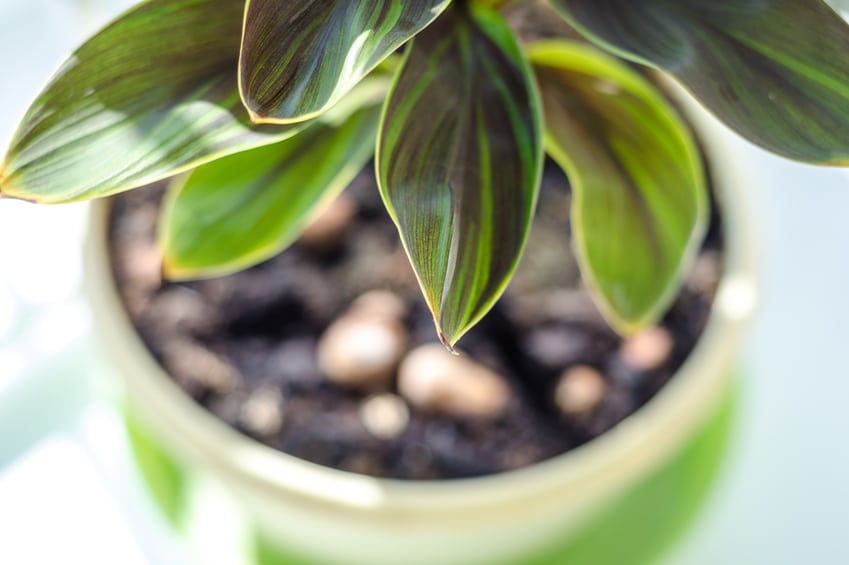The air in your house can be filled with pollutants. The Environmental Protection Agency reports that indoor air pollution can be up to eight times worse than outside air pollution:1
Even the walls and floors of your house can cause indoor pollution. Plywood, paneling, and foam insulation all contain formaldehyde, a chemical linked to cancer.3
Want to make sure the air in your house is free of all these toxins? Do what NASA does. Use nature’s air purifiers.
For the last 20 years, NASA has researched ways to clean the air in orbiting space stations. They discovered that common houseplants are excellent natural air cleaners.4
But not all houseplants are created equal. Here are 10 varieties researchers have found particularly effective in removing toxins. Most are easy to grow.5
Best Plants for Improving Indoor Air
- Aloe Vera. The plant can help rid your home of formaldehyde (and you can also use it to treat sunburns).
- Areca Palm. An air-cleaning superstar. It removes almost all indoor air toxins.
- Lady Palm. A great overall air detoxifier. It has been shown to be especially powerful in ridding your home of cancer-causing chemicals.
- Rubber Plant. This hardy and easy to maintain plant has been shown to get rid of formaldehyde.
- Corn Plant. Also known as dracaena. If you have a smoker in the house, this is the plant for you. It clears cigarette smoke carcinogens such as benzene.
- Dwarf Date Palm. It helps remove xylene, which is found in paints, solvents, and adhesives.
- Chyrsanthemums. These beauties are great for cutting levels of formaldehyde, benzene, and ammonia.
- Spider Plant. Easy to grow and maintain, this plant helps eliminate carbon monoxide.
- Peace Lily. It lowers levels of acetone, benzene, and formaldehyde. Warning: Don’t introduce this to your house if you have cats or dogs. It is toxic to them.6
- Gerbera Daisy. These colorful flowers remove a wide range of indoor toxins.
How many houseplants does it take to make an impact? You don’t have turn your home into a rain forest. But it does take a substantial number.
NASA scientists suggest at least one plant for every 100 square feet of indoor space. So for a 2,000 square foot house, you’d need about 20 plants. The suggestion is based on plants growing in pots 10-12 inches in diameter.7
But it’s worth it. Most people spend more time at home than anywhere else. That’s why it’s crucial you make sure the air is as clean as possible.
In Good Health,

Angela Salerno
Executive Director, INH Health Watch
Like this Article? Forward this article here or Share on Facebook.
References:
1http://www.rodalewellness.com/health/13-hidden-sources-of-indoor-air-pollution
2https://pubchem.ncbi.nlm.nih.gov/compound/acetone#section=Top
3http://www.doyourpart.com/green-living/top-5-surprising-sources-of-formaldehyde-in-your-home/
4http://www.foxnews.com/health/2016/06/27/20-household-plants-that-remove-indoor-toxins.html
5https://www.verywell.com/the-health-risks-of-benzene-in-cigarette-smoke-2824728
6http://www.aspca.org/pet-care/animal-poison-control/toxic-and-non-toxic-plants/peace-lily
7http://thegrownetwork.com/nasa-house-plants/

